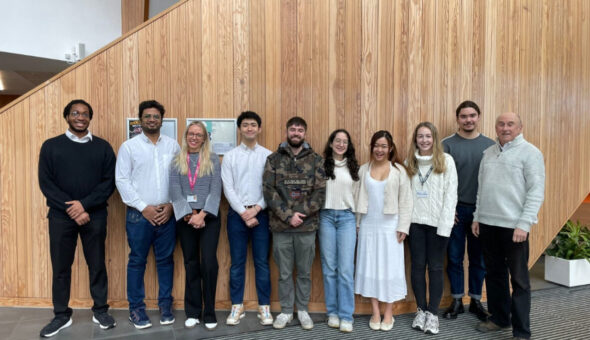In the Department of Health, Dr Ezio Preatoni and colleagues offer a range of units which include assessed group coursework. In the fields of Sport and Exercise Science and Health and Exercise Science, students typically go on to work in multi-disciplinary teams. Developing their teamwork skills is therefore key to preparing for the professional environment.
First-year students have opportunities for formative group work. Students in Year 2 through to their final year take part in a range of assessed group activities. Example units include Biomechanics of human movement, Advancing research design and statistics and Motor control and learning (Year 2), and Interdisciplinary study (Final Year). Students are also continuously exposed to group interaction during practical lab activities and seminars. In line with QA guidance, assessment of group work has an individual component where possible. This case study highlights the experience of supporting assessed groupwork in 2020/21, when the COVID-19 pandemic meant that the majority of learning and teaching took place online.
Preparation
A key stage in preparing for group work is group formation. For some units this is tutor-led, whilst in others it is student-led. Staff explain the rationale for the group selection mode to students.
| Group selection mode | Pros | Cons |
| Tutor-led | Groups are formed with a range of skills – based on a survey of students’ confidence around key skills for teamwork, or competences such as coding, scientific writing, analytical skills, etc. The students complete a self-assessment in Moodle
Contributes to employability skills (students work in skills-based groups rather than friendship groups). |
Students may feel less confident working with others they don’t know or have very different extra-curricular activities (e.g. different club participation, part-time jobs).
Student feedback: Students found it harder working with others they don’t know in the online environment. |
| Student-led | Students can form groups with others they know, which can help to boost confidence. This was especially important with the rapid shift to online learning during COVID-19. | Explain to students that friendship groups may not provide optimal skills matching.
Students may form groups with fewer opportunities to learn from others with a range of skills. |
Dr Preatoni and colleagues provide students with a range of preparatory resources to support group work. Students access these resources in Moodle, with a clear structure. Resources are scaffolded with guidance for each stage. They include:
- A recommended timeline for group work, with key check points
- Guidance on the stages of group working (e.g., brainstorming and filtering ideas)
- Task or output-focused opportunities for feedback from staff.
Assessment methods vary across units and recognise individual contribution to group work. They include:
- Group poster with individual presentations (with the presentation carrying a small assessment weighting)
- Peer assessment of group work. There is a small assessment weighting for students to peer assess each other’s contribution to the group task. The Peer Review tool in Moodle facilitates the activity, and allows anonymous peer review.
Reflections
Dr Preatoni found that there are very few conflicts within groups. They occur very rarely in both tutor-selected and student-selected groups. There have been no formal appeals over several years. In such cases, staff are made aware of a conflict well in advance of the deadline and Dr Preatoni offers an opportunity for students to meet with a tutor. The tutor discusses possible ways to resolve conflicts and encourages students to take responsibility for conflict resolution. This mirrors a real work environment where everyone is responsible for what is submitted.
In previous years, tutors provided support for groupwork activities in seminars. These took place in group work teaching rooms or staff offices, and attendance was optional. Students could drop in and seek feedback on drafts or simply have an opportunity to work within their group with a possibility to access feedback if needed. The tutor circulated to provide guidance, making equal time available to each group. They explained to students in advance that they would not provide solutions or ‘right answers’. Instead, they would guide students on how to approach problems, and on good practice in general.
With the shift to online learning, Dr Preatoni structured time for groupwork in a different way, making use of LOIL (Live Online Interactive Learning) sessions with pre-assigned breakout groups (4 x 1-hour Zoom sessions). Students could call the tutor in to their breakout room for feedback. It was clear from previous years that attending groupwork sessions helps students to perform well in the groupwork assessment. The online sessions had better attendance than their in-person equivalent in previous years.
In their seminars, students were given group-based formative activities related to their coursework topics. They might be asked to watch a video with a case study in their groups, then answer structured questions starting from experimental data. This helped to develop problem solving and critical thinking skills. Students summarised their findings in a multi-media board (e.g., using Padlet, or Lino). The tutor reviewed this and provided feedback to the cohort together. Students appreciated the chance to work in smaller groups and to receive feedback.
For exam preparation sessions, Dr Preatoni used polling software (such as Mentimeter). After covering a topic, he asked students which points they did not understand or were struggling most with. This could be a calculation tutorial or a past exam question, for example. Based on the responses, he selected the highest ranked problems and provided worked examples online (using an iPad). Students found this approach helpful.
Future projects
As part of the Curriculum Transformation project, first year units now include a ‘grand challenge’. Students work in personal tutor groups on a series of group tasks. They analyse cross-disciplinary challenges (for example, “Cycling the world in less than 80 days”, or “How to win gold in Tokyo 2021”). This provides students with a chance to develop skills for group work in a formative context. The challenges tackle a contemporary problem from different perspectives (e.g., physiology, biomechanics, psychology) which are key to their future profession, and are inherently multidisciplinary. Students map their professional skills at the beginning and at the end of their first year, and throughout their course, and assess how their studies have improved their ability.
In 2021/22, the transformed curriculum will build on a more multi-disciplinary approach to group work. The newly transformed curriculum will incorporate some of the benefits of a blended learning environment. Some large lectures will be replaced by pre-recorded material and problem-based learning, to introduce key concepts and problems in a more engaging way. Cross-disciplinary labs, where students analyse data sets using techniques from different disciplines (e.g., biomechanics and physiology), will be introduced.
Resources
Find out more about tools to support online group work, including the Group Peer Review tool for peer assessment of group work.
Respond



